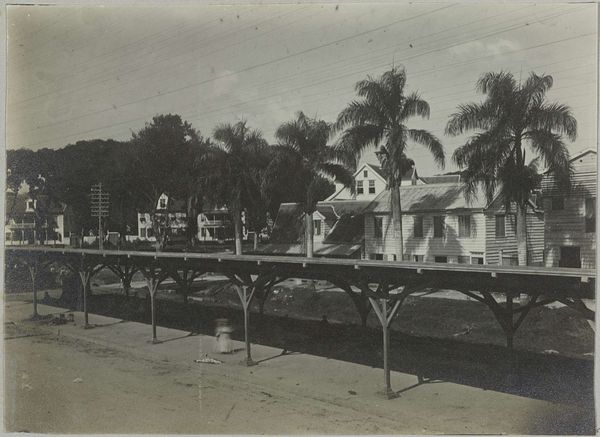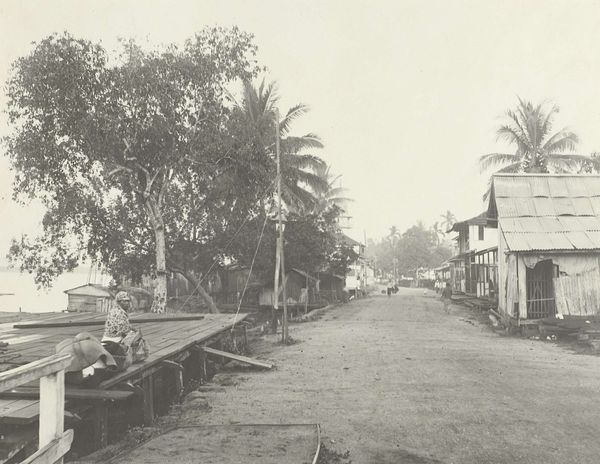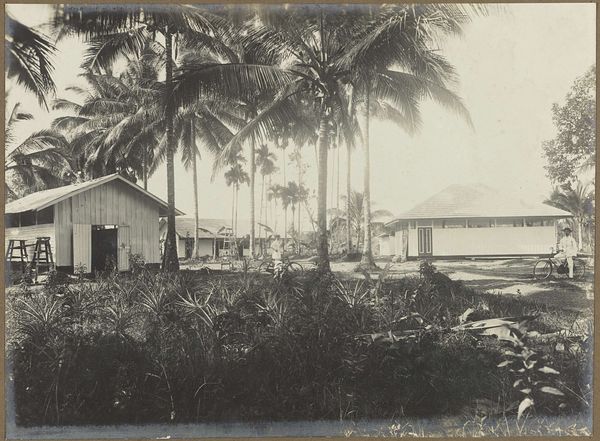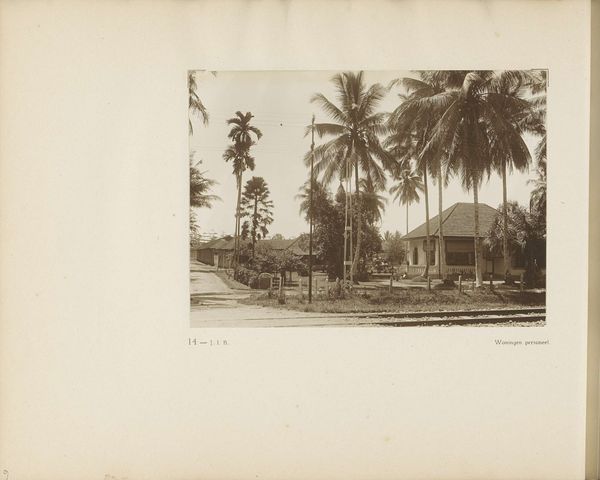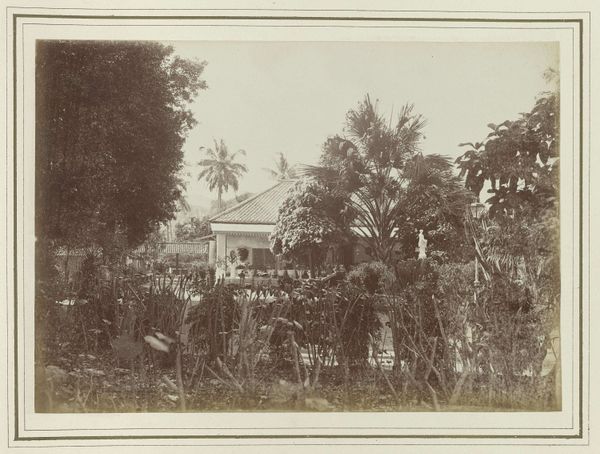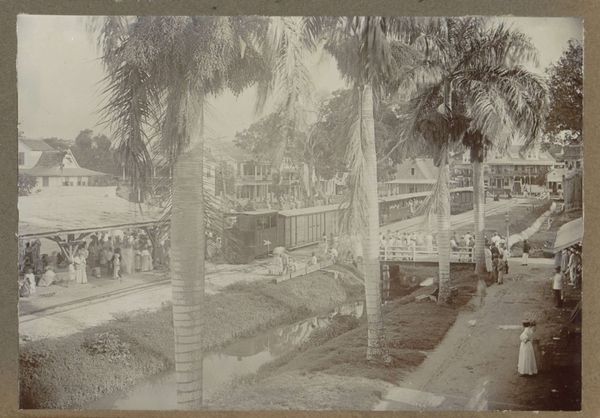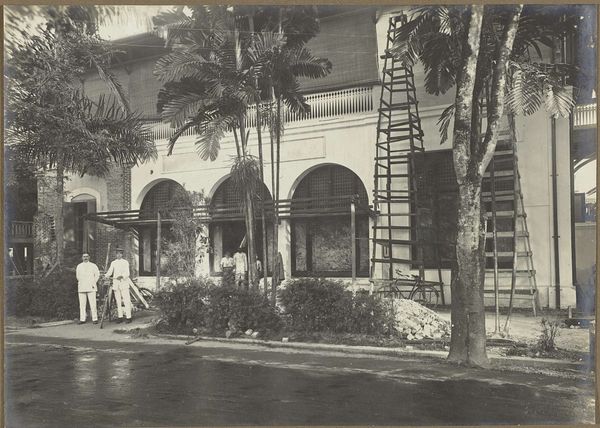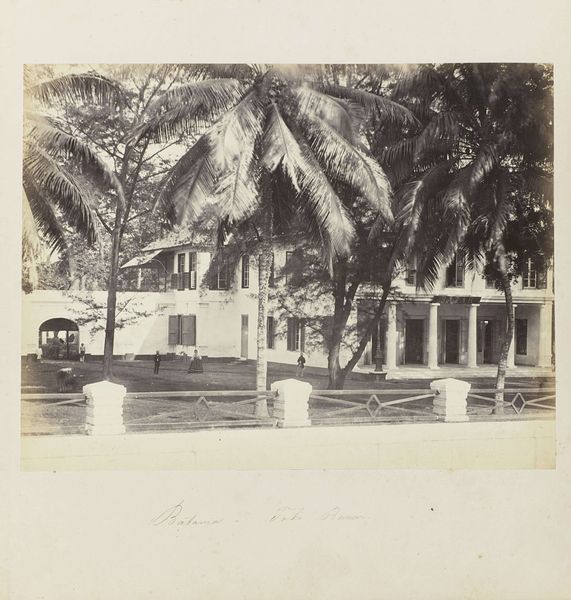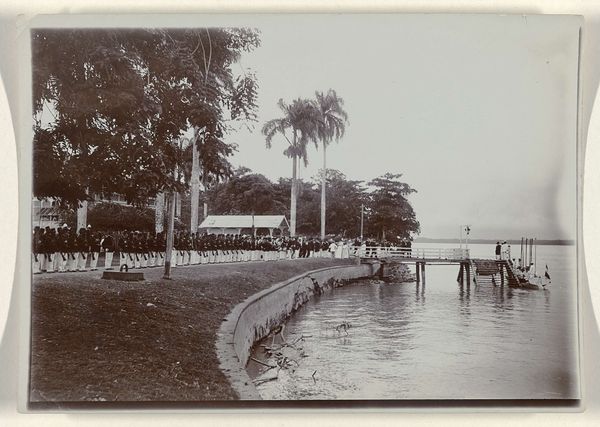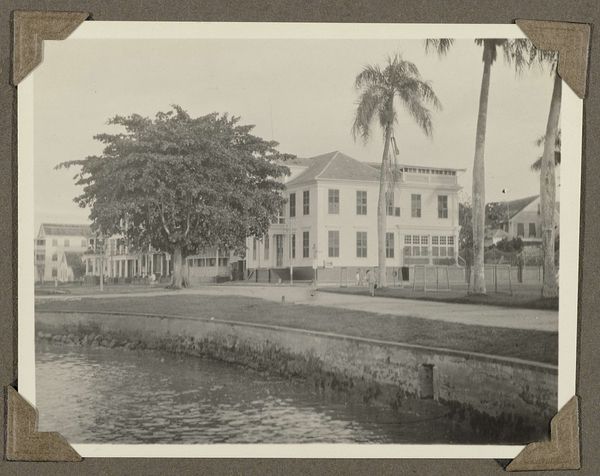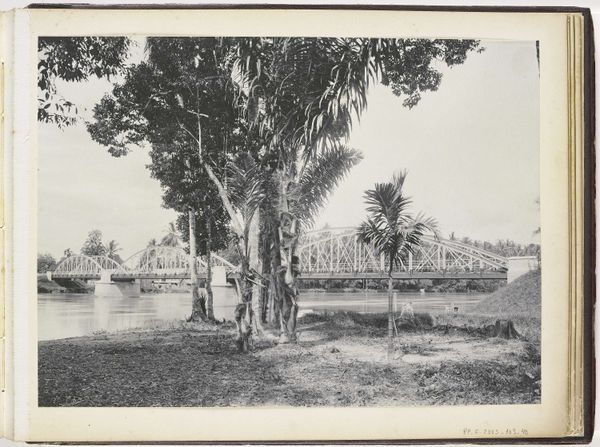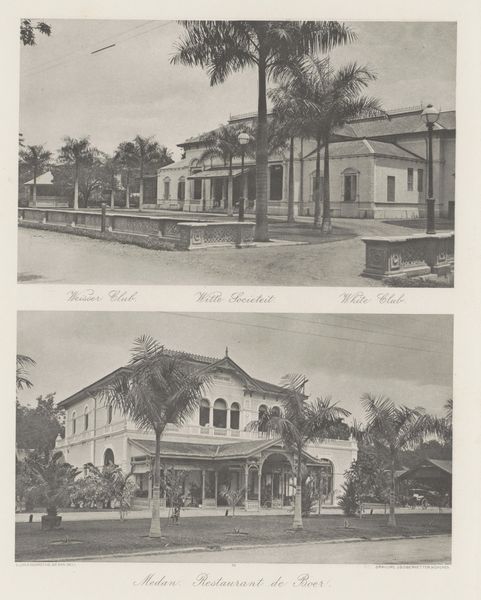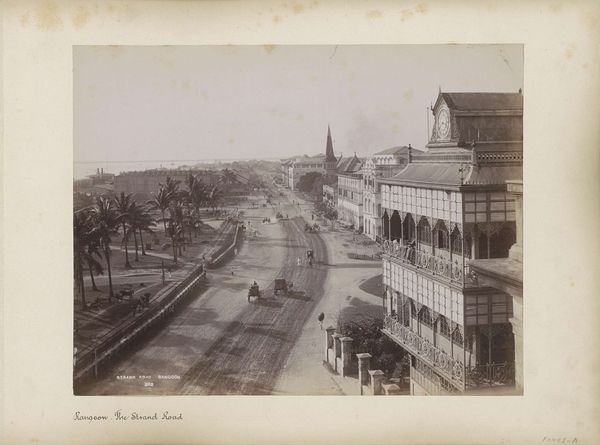
photography
#
landscape
#
street-photography
#
photography
#
realism
Dimensions: height 75 mm, width 106 mm
Copyright: Rijks Museum: Open Domain
Editor: This photograph, "Gezicht uit huis op Heiligenweg" by Hendrik Doijer, likely taken between 1903 and 1910, offers a glimpse into a distant time. I’m struck by the composition. It feels very deliberate, almost staged. What story do you think this photograph is trying to tell us about its time? Curator: This image is a fascinating document of early 20th-century urban life, though I'd hesitate to read it simply as a straightforward representation of reality. The camera, even then, had the potential to be a tool for shaping perceptions. Consider the perspective—slightly elevated, almost voyeuristic. What social structures might have influenced the photographer's choice to frame the scene in this way? What is Heiligenweg and why this particular “view”? Editor: So, you think the framing is a key aspect. Maybe Doijer was deliberately presenting a specific perspective of daily life? Curator: Precisely. Street photography in this period was often entangled with ideas about progress, modernization, and colonial power. Look at the figures gathered under the structure – are they part of the formal economy? Are we intended to observe or empathize? What is your understanding of Heiligenweg? Was it a particularly affluent or working-class district? Editor: I hadn't really considered the social implications of the framing. From a little online sleuthing it appears that the “Heiligenweg” no longer exists with that name, nor does it appear to be in Europe. So, Doijer could be offering a view that reflects a certain colonial gaze. Curator: Exactly. Thinking about the photographer's intended audience is crucial. Who would have been viewing this photograph and what messages might they have been internalizing about the world and their place within it? Editor: Thinking about the location definitely contextualizes the work beyond just what is depicted, so thanks, it really opens up another point of consideration. Curator: The politics of imagery are not always immediately obvious, are they? That is what is amazing about art. It often leads you down another rabbit hole to arrive at a better understanding of humanity.
Comments
No comments
Be the first to comment and join the conversation on the ultimate creative platform.
